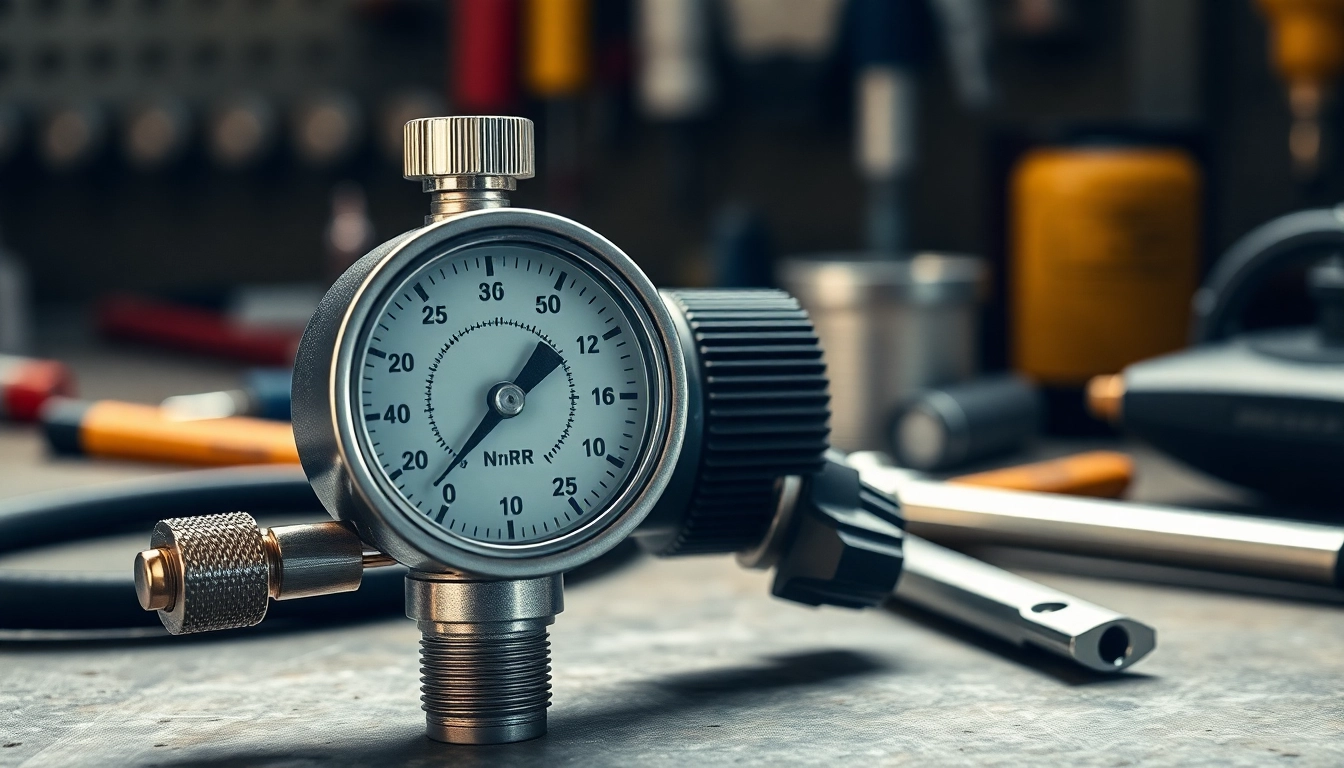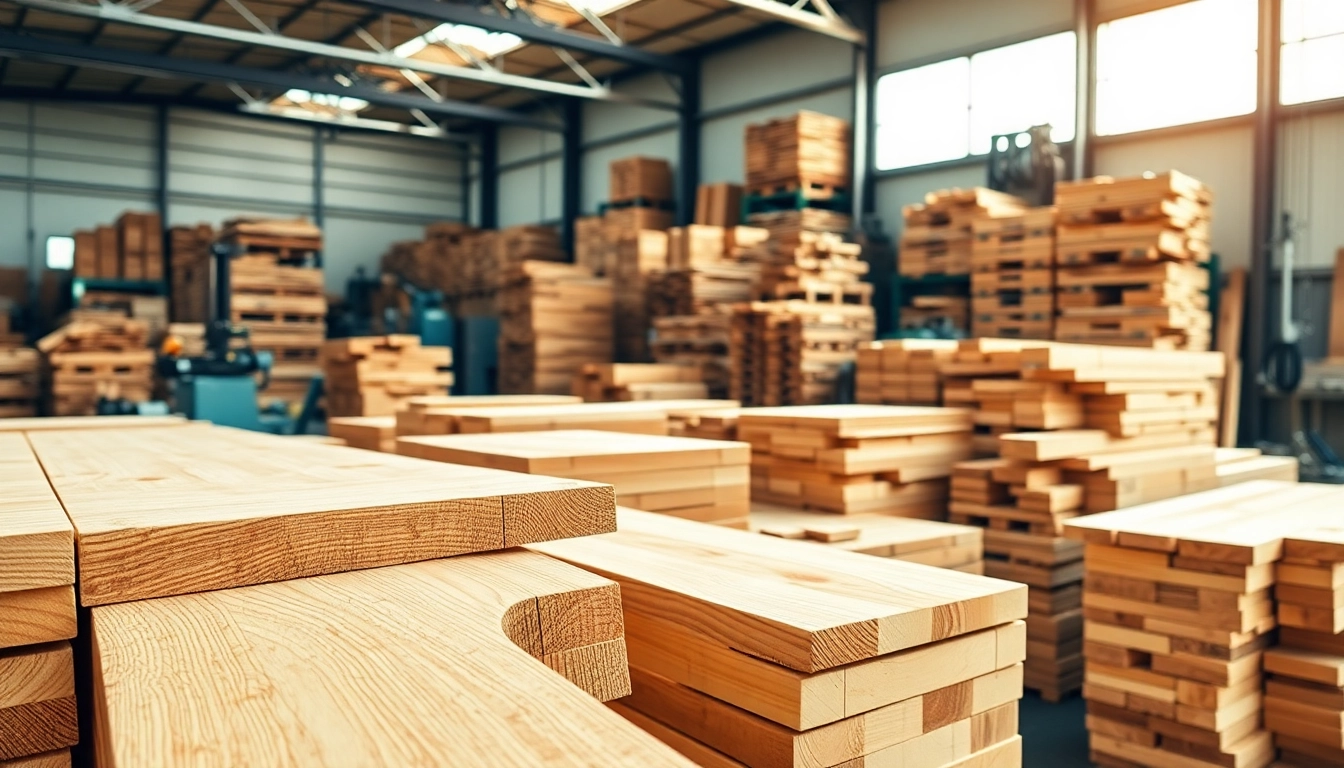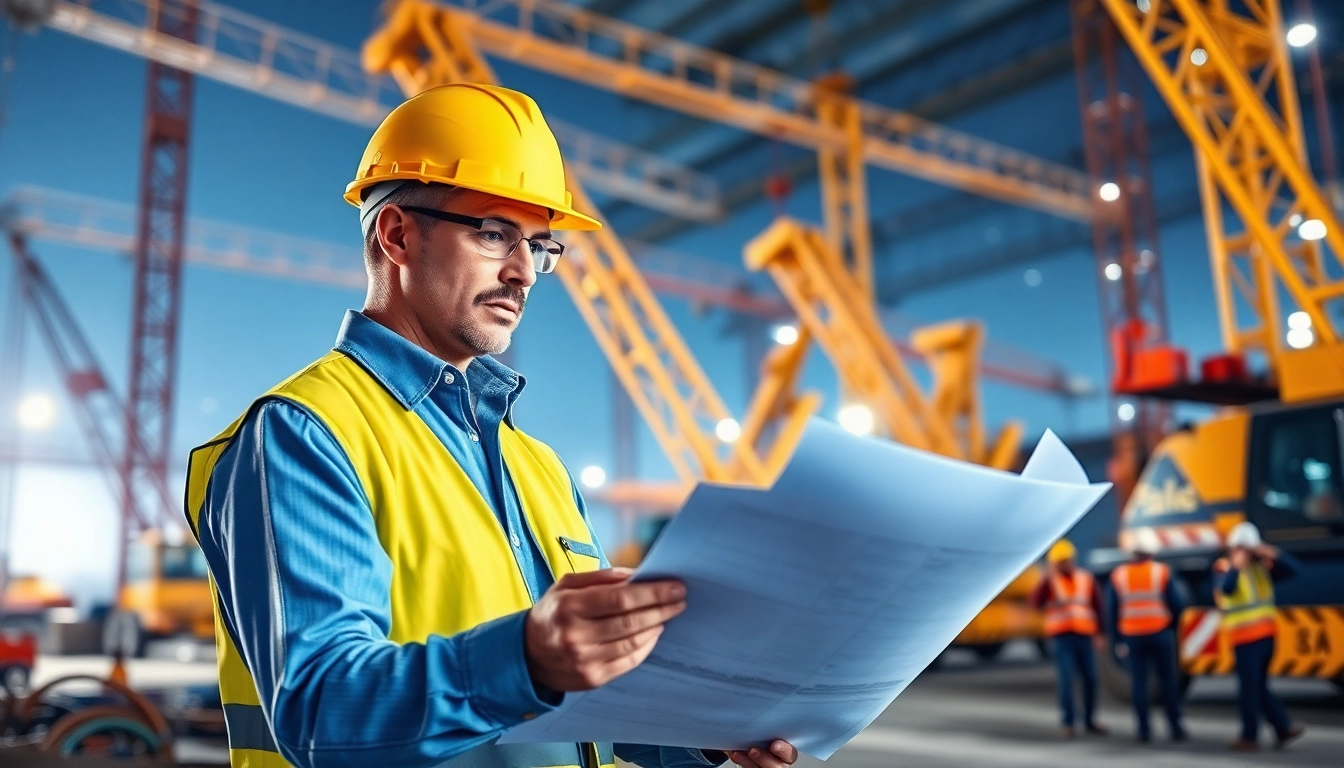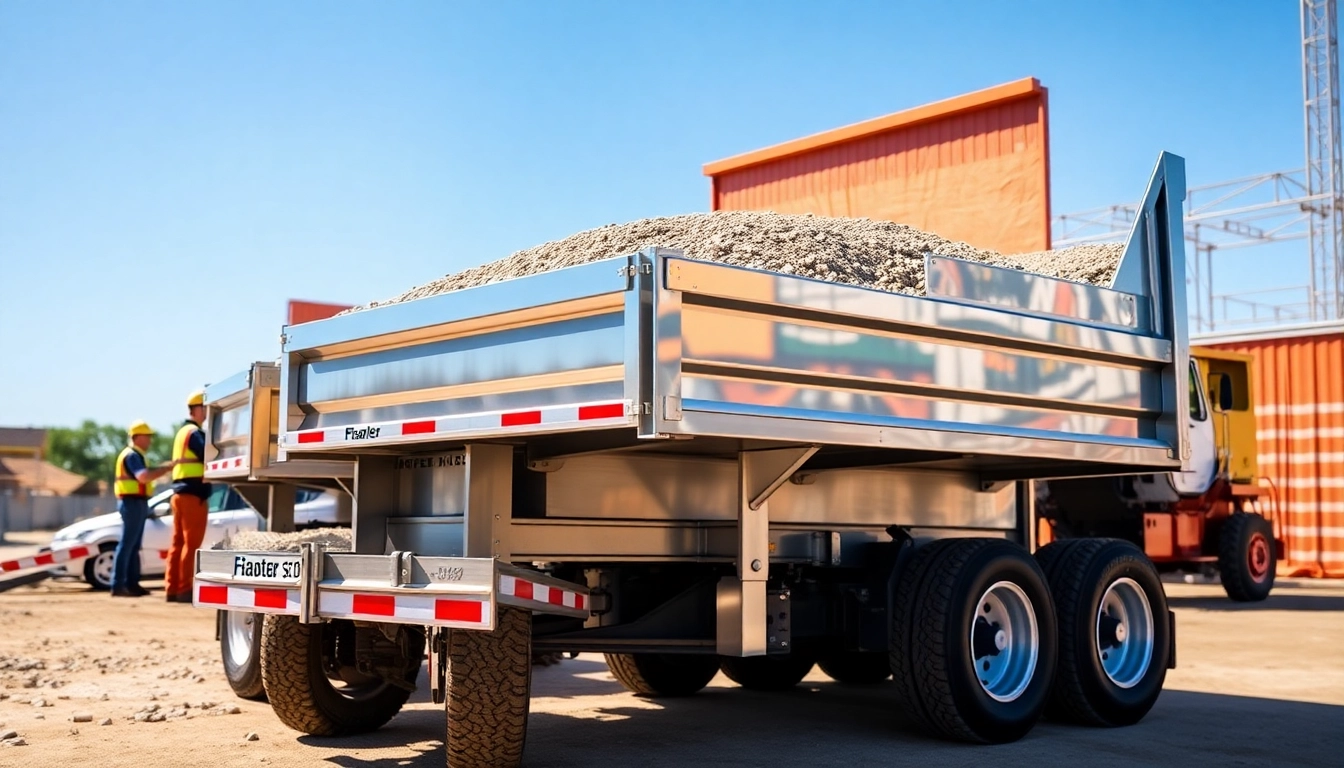Understanding Nitrogen Regulators
What is a Nitrogen Regulator?
A nitrogen regulator is a critical device used to control the pressure and flow of nitrogen gas from a high-pressure cylinder to a desired low-pressure application. It ensures that the nitrogen gas is delivered safely and effectively for various applications, ranging from industrial uses to medical and culinary fields. By effectively managing the pressure, a nitrogen regulator ensures protection of equipment and enhances operational efficiency. A well-functioning nitrogen regulator can significantly extend the life of high-pressure systems and prevent potential hazards associated with gas pressurization.
How Nitrogen Regulators Work
Nitrogen regulators function on the principle of reducing the pressure of nitrogen gas from a tank to a more manageable level for various applications, which usually range between 0 to 100 psi, depending on the specific requirements. The operation begins when the nitrogen gas enters the regulator via the inlet port from the nitrogen tank. The high-pressure gas then encounters a diaphragm within the regulator. This diaphragm is connected to a spring that holds it under tension.
As the gas flow increases, it lifts the diaphragm, overcoming the spring’s resistance and allowing more gas to flow through. Conversely, if the flow demands decrease, the diaphragm reacts to lower pressure, moving back and restricting the flow. This continuous adjustment of the diaphragm in response to pressure fluctuations ensures a stable outlet pressure for the user, regardless of changes in the input pressure from the tank.
Types of Nitrogen Regulators
Nitrogen regulators come in various designs and configurations, each tailored for specific applications. Here are the major types:
- Single-Stage Regulators: Ideal for applications where the pressure remains constant. These are simpler and less expensive, making them suitable for home brewing or culinary uses.
- Two-Stage Regulators: These offer more stable output pressure and are suitable for industrial applications that require consistent pressure levels over a range of pressures.
- High-Pressure Regulators: Designed to handle high inlet pressures, typically found in industrial applications, they are essential for processes needing high flow rates.
- Low-Pressure Regulators: These are used for tasks that require lower pressure and flow, such as in laboratory settings or food service.
- Dual Outlet Regulators: These regulators can split the flow into two outlets, allowing the user to connect multiple tools or applications simultaneously.
Choosing the Right Nitrogen Regulator
Factors to Consider
Selecting the right nitrogen regulator involves thorough consideration of several factors to ensure that it matches your specific needs:
- Application: Determine the purpose; whether it’s for culinary, medical, or industrial use, which will influence the type you need.
- Pressure Requirements: Assess the pressure levels required for your specific application to select a regulator that can handle these pressures.
- Flow Rate: Choose a regulator that can provide the necessary flow rate for your application – higher flows require robust regulators.
- Material Considerations: Ensure that the materials used within the regulator can withstand the gases being utilized and the operating environment.
- Budget: Different regulator types come with varying price points. Consider the long-term costs associated with durability and efficiency when investing.
Comparative Analysis of Brands
When considering brands, it’s wise to compare product lines from leading manufacturers due to differences in design, durability, and features:
- Victor: Known for high-quality regulators that offer robust construction and precise control, making them a favorite in the welding and gas distribution industries.
- Smith: Offers reliable and affordable options, particularly suitable for home brewing and food service applications.
- Uniweld: Their designs are compact and versatile, catering effectively to different nitrogen applications.
- Wilhelmsen: Provides regulators designed for marine applications, focusing on safety and efficiency.
Common Uses in Various Industries
The applications of nitrogen regulators are extensive, crossing various industries:
- Food and Beverage: Used in pressurizing and dispensing systems, particularly in beer and soft drink applications.
- Chemical Manufacturing: Vital in processes requiring inert atmospheres to prevent explosions or chemical reactions.
- HVAC: Used in refrigeration systems to maintain proper pressures and to flush systems during maintenance.
- Medical: Plays a crucial role in gas supply systems within hospitals for surgical and diagnostic applications.
Installing a Nitrogen Regulator Safely
Step-by-Step Installation Guide
Installing a nitrogen regulator requires careful handling and adherence to safety protocols. Follow this step-by-step guide:
- Verify the Equipment: Ensure you have the correct regulator for your nitrogen application, checking compatibility with the gas cylinder.
- Prepare the Workspace: Clear the working area and ensure adequate ventilation as you are working with pressurized gases.
- Attach the Regulator: Carefully thread the regulator onto the cylinder valve, ensuring a tight fit while using appropriate thread seal tape if necessary.
- Connect the Hose: Attach the outlet side of the regulator to the gas delivery system, ensuring connections are compatible and secure.
- Check for Leaks: Once installed, open the cylinder valve slowly and apply soapy water to the connections. Look for bubbling that indicates a leak.
- Adjust Pressure Settings: Set the desired outlet pressure on the regulator and ensure it is stable before use.
Safety Precautions
Safety is crucial when handling nitrogen regulators:
- Always wear protective gear, including gloves and goggles.
- Ensure cylinders are stored upright and secured in a well-ventilated area to prevent gas buildup.
- Follow manufacturer instructions explicitly during installation and operation.
- If leaks are detected, do not attempt to use the regulator until repaired or replaced.
- Regularly inspect hoses and connections for wear and damage to prevent accidents.
Common Installation Mistakes to Avoid
Several errors can compromise safety and functionality during installation:
- Using Incorrect Components: Ensure that the regulator, hoses, and fittings are all rated for the nitrogens being used.
- Neglecting Pressure Settings: Always adjust and verify pressure settings before starting work, as incorrect pressure can lead to equipment damage.
- Ignoring Leak Tests: Failure to perform leak tests regularly can lead to hazardous situations. Always conduct tests after installation and anytime adjustments are made.
Maintaining Your Nitrogen Regulator
Regular Check-ups and Troubleshooting
To ensure consistent performance from your nitrogen regulator, perform regular maintenance:
- Check pressure gauges for accuracy; replace them if they show constant deviations.
- Inspect the condition of the regulator for wear or corrosion, particularly around joints and seals.
- Be aware of any unusual noises that may indicate failure or malfunction.
Cleaning and Storage Tips
Proper cleaning and storage enhance the longevity of your nitrogen regulator:
- Clean regulators with a soft cloth, avoiding aggressive chemicals that could damage seals or gauges.
- Store regulators in a dry, cool location, protected from contaminants and direct sunlight.
- Ensure all connections are secure when storing to prevent dust and dirt from entering the system.
When to Replace Your Regulator
Regularly monitoring the condition of your nitrogen regulator is crucial. Here are signs that replacement may be necessary:
- Visible damage such as cracks or corrosion on the body.
- Persistent gauge failure or inaccuracies despite recalibration efforts.
- Frequent leaks even after thorough checks and repairs.
- Inability to maintain desired pressure settings consistently.
FAQs About Nitrogen Regulators
Do I Need a Special Regulator for Nitrogen?
While some regulators can be interchangeable for different gases, using a dedicated nitrogen regulator is essential for optimal safety and performance, particularly for applications that require specific pressure and flow characteristics.
How Does a Nitrogen Regulator Differ from Other Gas Regulators?
Nitrogen regulators typically operate at higher pressures and have distinct inlet and outlet fittings compared to regulators designed for gases like CO2 or argon. These differences ensure each regulator is tailored to manage the application requirements for specific gases.
What Makes a Nitrogen Regulator Suitable for My Needs?
Choosing a nitrogen regulator involves understanding your specific application needs, including the required pressure range, flow rate, and any compatibility concerns with the gas and associated equipment. Ensuring that these parameters align with the capabilities of the regulator is key to effective use.



